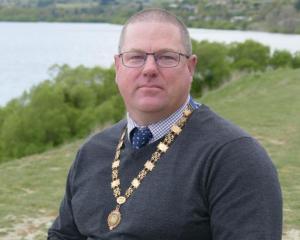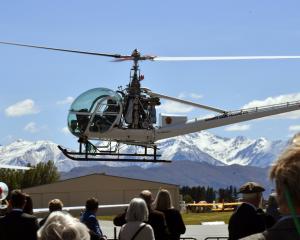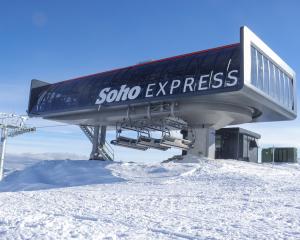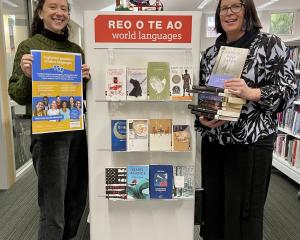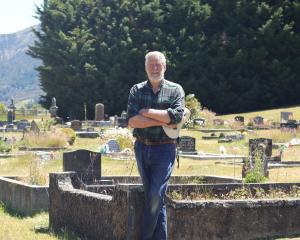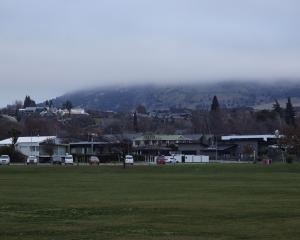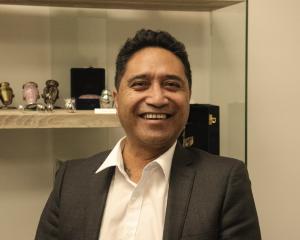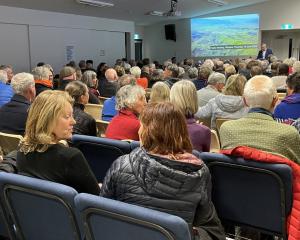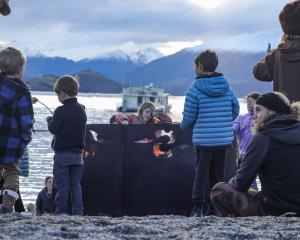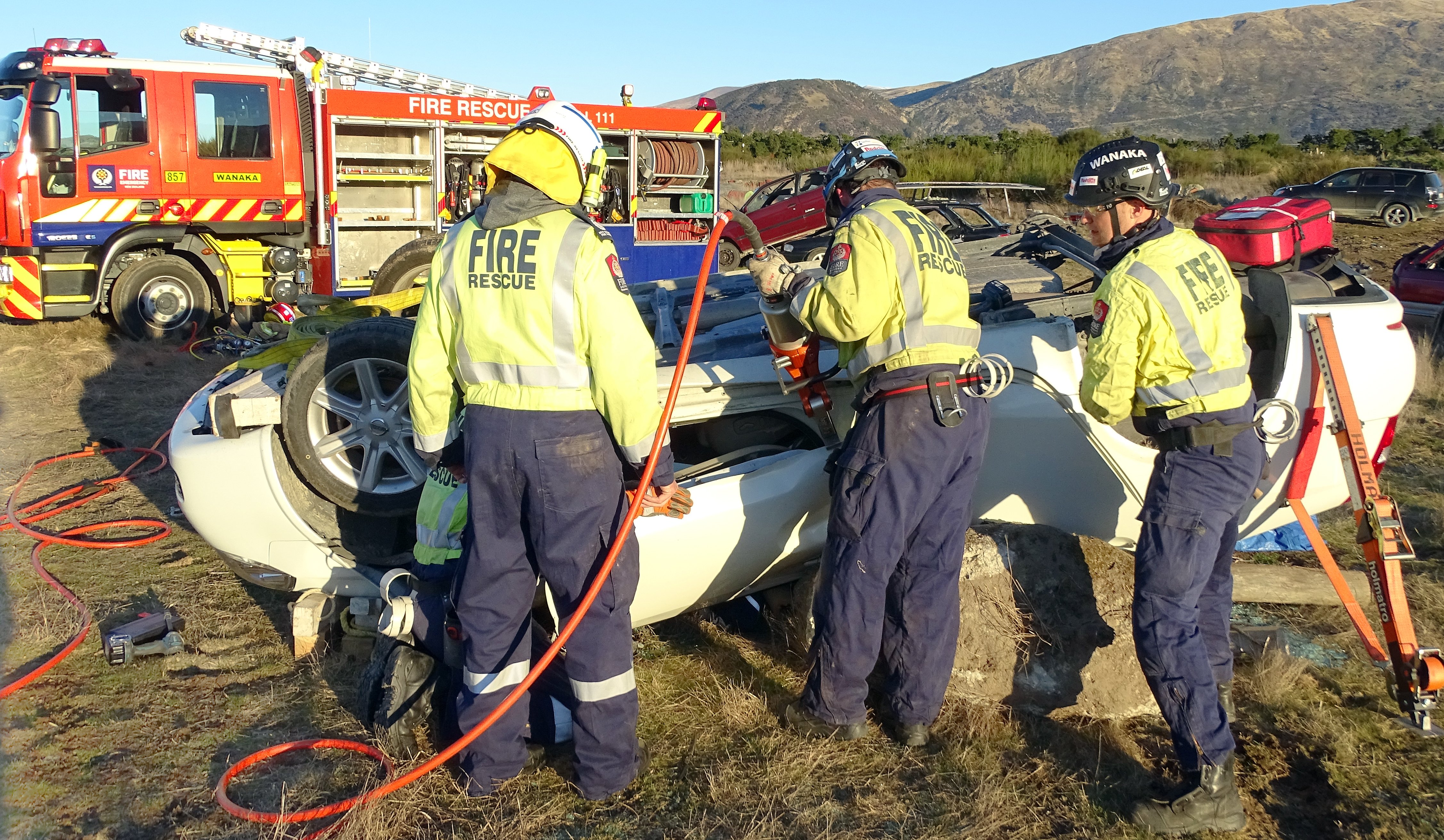
Wanaka reporter Kerrie Waterworth joined the 2018 and 2019 Australasian Rescue Challenge champion, stepping into the role of victim at one of its last practice sessions.
Every Sunday afternoon since February, the Wanaka volunteer Fire and Emergency New Zealand (Fenz) crash rescue team members have been honing their rescue and medical response skills in preparation for competing in their first World Rescue Challenge.
The team - consisting of six members, including designated team leader Deputy Chief Fire Officer Tony Wellman and medic Jodie Rainsford - will have to race against the clock to extricate and treat patients in simulated road crashes while being scored on their techniques.
On this sunny winter August Sunday afternoon the team was to practise the "time critical" scenario in which it had to extricate and treat the patient within 30 minutes.
Today, that patient was me.
We met at the Wanaka Fire Station, in Ballantyne Rd, where Mr Wellman gave me a pair of firefighter overalls, a face mask and gloves to protect me from dust and broken glass.

Just for today, Fire Officer Clayton Sarginson was replacing Jarrod Wellman, who was on holiday in Australia.
After a short drive down Ballantyne Rd, we turned into a grassy field strewn with bits of cars (the remains of previous practice sessions) and came to a halt next to an upside-down front-ended sedan (today's practice-session car), while in the distance were two rows of abandoned cars (future practice-session cars).
Mr Wellman, a self-employed electrician, had taken time off work during the week to "wreck" one of the abandoned cars to match the road-crash scenario he had created for today's exercise.
As I was to play the car-crash patient, he explained the scenario to me: I had swerved to avoid an oncoming car, hit a pole and the car had overturned, trapping my body under the smashed-in dashboard and my arm (an extended fake arm) was caught under the car door.
My injuries were a serious knock and cut to the head, a loss of feeling in my trapped arm and hand, and after 10 minutes Mr Wellman said he would give me a signal to "lose consciousness".
As the sun was getting lower in the sky and the other team members were waiting to start, I crawled through the shattered front passenger window, grabbed the end of the dummy arm, lay on my stomach and began moaning.
Mr Wellman started the timer and the Wanaka Fenz crash rescue team leapt into action.
The first voice I heard was medic Jodie Rainsford asking me a series of questions: what was my name, was I in pain, could I move my right arm, and reassuring me the others were working as fast as they could to get me out.
In the background I could hear other team members using the hydraulic rescue cutters, separators and rams, otherwise known as the "tools".
At six minutes into the scenario I pretended to lose consciousness; thinking I had missed my 10-minute cue from Mr Wellman.
Even though I was "unconscious", Clayton Sarginson (who had taken over as medic) kept up a constant patter, explaining what the other team members were doing, warning me when to expect a loud noise or bang from the hydraulic rescue tools and reassuring me that I would soon be out.
When the dashboard was finally cut away, the car door removed and my trapped (dummy) hand freed, I felt a board slide underneath me followed by the sensation of being lifted and carried away from the wreckage.
"Twenty-four minutes, six minutes to spare," Mr Wellman shouted.
Back at the fire station for the debriefing, Senior Fire Officer Rob Thorp was not happy.
"Our expectation for time critical in a competition would be 23 minutes, that is what we aim for, but Tony had made it more difficult than we expected so we had to revise the plan on the fly, which loses you time."

"In crash rescue competitions, they used moulage (the art of applying mock injuries for the purpose of training emergency response teams) so the injuries were a lot easier to work with, because you have actual bleeding limbs."
She said she had learnt much from being in the crash rescue team and urged other brigades to enter the competitions.
"We had a practice run one night where we had a car on the side, the next day we had a real crash with the exact same scenario and we probably got the guy out three times as fast because we'd practised it the night before."
Wanaka Fenz attends an average of 200 vehicle accidents a year.
Four years ago, Tony Wellman formed the Wanaka crash rescue team, but it was the death of internationally renowned rally car driver Possum Bourne in 2004 that got him thinking "it would be great to have some more tricks to learn to take on the road".
Mr Wellman attended the Cardrona accident and it was nearly 45 minutes before crews could free Mr Bourne from the wreckage.
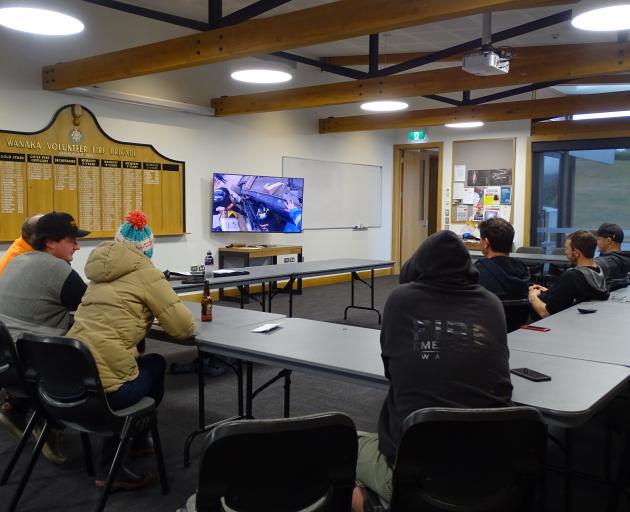
It won best medical team and best technical team, and Mr Wellman won the award for best team leader, qualifying it to enter the 2019 World Rescue Challenge in France, to be held on September 12-15.
In July this year, the team won the Australasian Rescue Challenge in Dubbo, qualifying it to enter the 2020 World Rescue Challenge in Miami.
Mr Wellman said, as well as training for the competitions, the team members had had to continue their regular volunteer fire officer duties, fundraise for the cost of their trip to France and continue in their paid employment.
He said winning the competitions brought the team prestige, medals and trophies but what made them really worthwhile was the knowledge it obtained and shared with the Wanaka Fenz and surrounding brigades.
"What we learn there can make a big impact on the outcome of an accident."
As they headed out the door, I just had to stop them to ask one more question: "How was my performance?"
"You were a great 'unconscious patient'," was the unanimous team reply.

